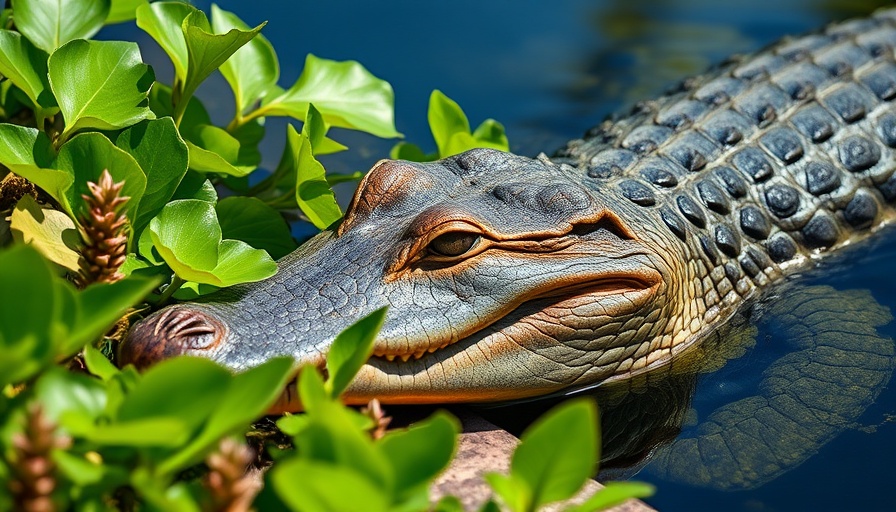
How Local Guardians Are Shaping a Sustainable Future
On the lush island of Borneo, a revolution in conservation is underway. Forest-dwelling communities are stepping up to ensure that the majestic orangutans have enough habitat to flourish. With the support of organizations like the Nature Conservancy, these local inhabitants have transformed millions of acres of forest into sustainable landscapes that benefit both their livelihoods and the wildlife surrounding them.
Maintaining Balance: Sustainable Logging Practices
One standout strategy employed by these communities is the practice of careful and transparent logging. Rather than depleting their forests, they intentionally log a few mature trees in small patches over a long period—up to 30 years. This approach not only helps maintain the integrity of the forest but also generates revenue that communities can use to support their families while keeping poachers at bay.
Beyond Park Boundaries: The Importance of Local Efforts
Interestingly, around 80% of orangutans reside beyond the confines of protected national parks, such as the sprawling Kutai National Park, which suffers from illegal logging and poaching. This reality makes the role of local forest guardians essential. With their intimate understanding of the land, these communities can guide conservation efforts more effectively than external agents.
The Impact of Community Involvement
The influence of local leaders in conservation efforts cannot be overstated. As Matt Miller from the Nature Conservancy expressed, “The communities are the leaders here. They are the key to the conservation of Borneo’s forests and biodiversity.” Their enthusiasm and commitment to protecting their natural heritage offer an inspiring model that can resonate with conservationists and local communities worldwide.
Global Partnerships Fuel Local Solutions
The backing from the Indonesian government and international firms, including furniture maker Arhaus, helps enhance these local efforts. Their collective support brings in resources that enable communities to manage their land effectively, fostering sustainable practices that have ripple effects for biodiversity, eco-tourism, and even honey production.
Acting Today for Tomorrow’s Forests
As we admire the beauty of wildlife in distant lands, it’s easy to overlook the pivotal role that local communities play in conservation. Initiatives like these are vital for preserving natural habitats and should inspire us to engage with and support grassroots efforts closer to home. By donating just five dollars, you can make a significant impact on conservation efforts that ensure future generations will enjoy the same rich biodiversity that exists today.
Join the Movement!
Help protect wildlife by contributing to grassroots initiatives. Every small effort counts, and your support can make a world of difference!
 Add Row
Add Row  Add
Add 




Write A Comment